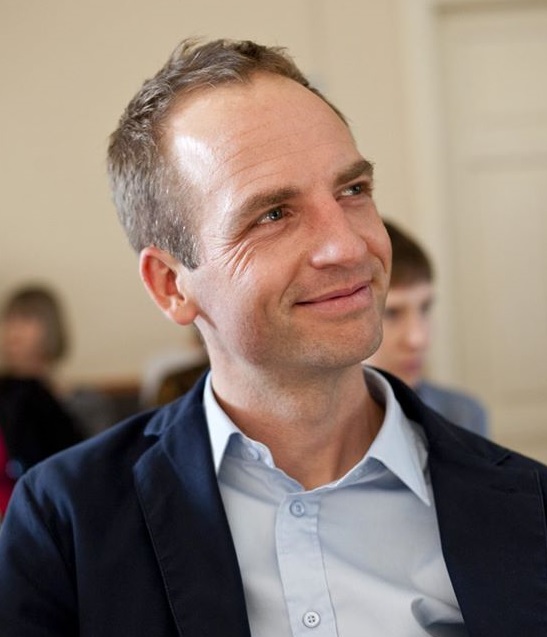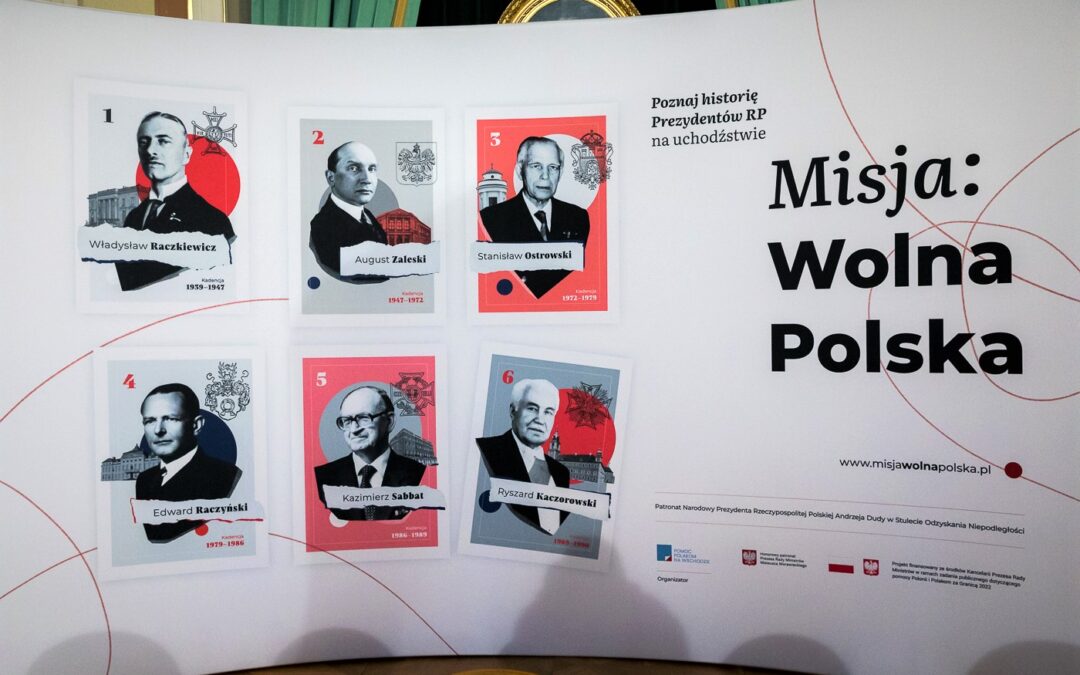The remains of Poland’s first three presidents-in-exile are to be moved from their resting place in the United Kingdom to a pantheon honouring great Poles in Warsaw.
The “Mission: Free Poland” campaign will repatriate the remains of Władysław Raczkiewicz, August Zaleski and Stanisław Ostrowski on 12 November, the day after Poland celebrates Independence Day.
📢 Podczas konferencji prasowej na @Zamek_Krolewski ogłoszono szczegóły projektu utworzenia Mauzoleum Prezydentów RP na Uchodźstwie. Już 12 XI zostaną sprowadzone do Polski szczątki trzech prezydentów RP na Uchodźstwie 🇵🇱: W. Raczkiewicza, A. Zaleskiego i S. Ostrowskiego. pic.twitter.com/Z8TcrymTb4
— Instytut Pamięci Narodowej (@ipngovpl) September 26, 2022
The Polish government-in-exile was set up in the aftermath of the invasion and occupation of Poland in September 1939 by Nazi Germany and the Soviet Union. It moved from France to London the following year.
The government-in-exile continued to function until 1990, during decades of postwar Soviet-backed communist rule in Poland. However, whereas during the war it had been officially recognised by the Allies as Poland’s legitimate government, that status was withdrawn after 1945.
Raczkiewicz was its first president, appointing General Władysław Sikorski as prime minister. He was succeeded after his death in 1947 by Zaleski, who served for 25 years before his own death. Ostrowski was president between 1972 and 1979.
In 1942 the Polish government-in-exile published a pamphlet documenting Germany's attempt to 'completely exterminate the Jews' in a 'crime unparalleled in the history of mankind'.
It called on 'the civilised world' to react, warning that 'words and remonstrances are of no avail' https://t.co/hIXfSUiGcK
— Notes from Poland 🇵🇱 (@notesfrompoland) February 28, 2019
Their remains will be moved from the Polish war cemetery in Newark-on-Trent in Nottinghamshire, England, to a new mausoleum in the Pantheon of Great Poles at the Temple of Divine Providence in Warsaw’s Wilanów district.
The graves of Ryszard Kaczorowski, the last president-in-exile, who died in the Smolensk air crash, and his wife Karolina Kaczorowska, are to be relocated from their current location in the pantheon.
The mausoleum will also include symbolic graves of the remaining two presidents-in-exile, Edward Raczyński and Kazimierz Sabbat, who are buried at Rogalin Palace in western Poland and Gunnersbury Cemetery in London respectively.
The “Mission: Free Poland” campaign, coordinated by the Institute of National Remembrance (IPN), a state historical body, is the culmination of the celebrations of the centenary of Poland regaining its independence, which took place in 2018.
The campaign’s aim is to restore the memory of the presidents-in-exile – “people forced by the turmoil of the Second World War and then the postwar situation to leave the country and fight for an independent and democratic homeland”.
“The role and importance of Poland’s presidents-in-exile – who were active and died abroad and then were buried outside of our borders, deserves a symbolic memorial in free Poland and in the memory of Poles.”
IPN deputy director Karol Polejowski said at the campaign’s launch that it is important to boost public knowledge about the presidents-in-exile, who not only were the depositaries of the legal, democratically elected government, but were also active from the outset in informing the world of the Katyn massacres and other Soviet crimes.
“They were the ones who preserved the idea of an independent, sovereign, free state,” Polejowski said. “They too were the ones who were saying abroad that Poland after 1945 was not a free country…It was there, after emigration, that the idea of a free and independent Poland endured.”
Work on exhumation of the three presidents will begin at the cemetery in Newark on 2 November, before a farewell ceremony on 6 November. The remains will then be returned by a military aircraft with an honour guard of the Polish army on 12 November.
A funeral procession will take place from Warsaw’s military airport to the Temple of Divine Providence, where President Andrzej Duda and other top state officials will attend a memorial ceremony.
Main image credit: Sławek Kasper/IPN

Ben Koschalka is a translator and senior editor at Notes from Poland. Originally from Britain, he has lived in Kraków since 2005.



















